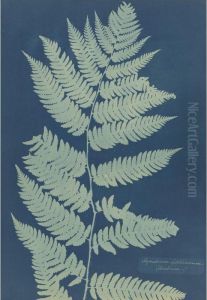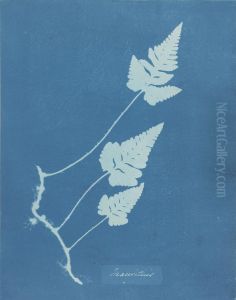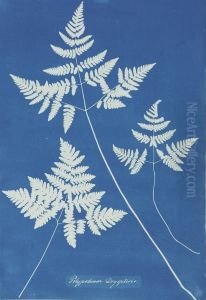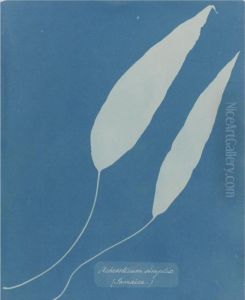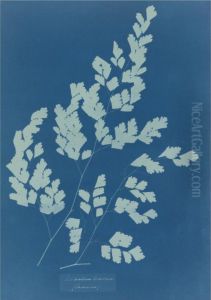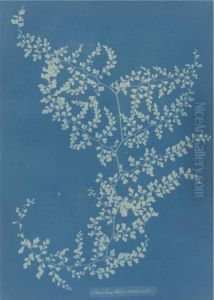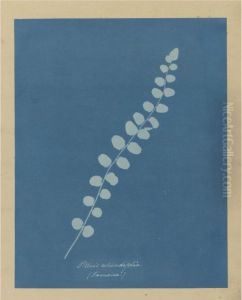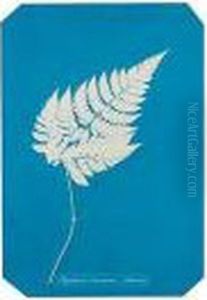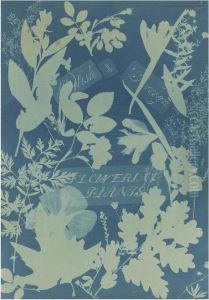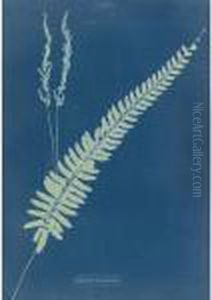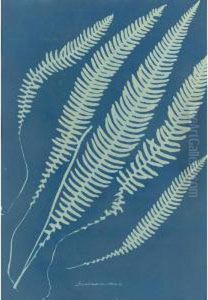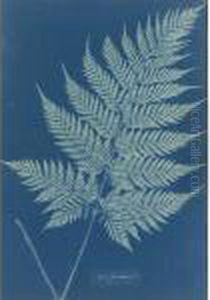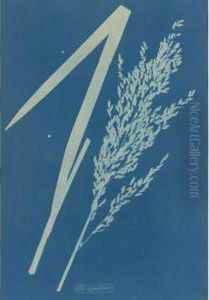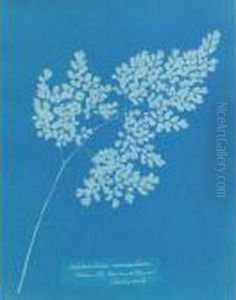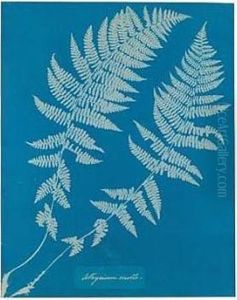Anna Atkins Paintings
Anna Atkins was a pioneering English botanist and photographer, widely recognized as the first person to publish a book illustrated exclusively with photographic images. Born in Tonbridge, Kent, England, in 1799, Atkins was the daughter of a prominent scientist, John George Children, who was closely associated with the Royal Society of London. This connection exposed her to the latest scientific and technological advancements of the time, including the nascent field of photography. Atkins was particularly interested in botany, a passion she inherited from her father. She became an accomplished botanist and was elected a member of the London Botanical Society. Her botanical work, however, took a revolutionary turn when she learned about the cyanotype process from its inventor, Sir John Herschel, a family friend, in 1842. The cyanotype process, a photographic printing method that produces a cyan-blue print, was simple and cost-effective, making it ideal for Atkins to document her extensive collection of seaweeds and algae. In 1843, Atkins published 'Photographs of British Algae: Cyanotype Impressions,' which is considered the first book illustrated with photographic images. Her work on this book was groundbreaking not only because it introduced a new method of illustration but also because it marked a significant moment in the history of photography and scientific documentation. Over the next decade, Atkins produced thousands of cyanotype prints, compiling them into several volumes that were distributed to libraries and scientists across Europe. Anna Atkins' contributions to photography and botany were not fully recognized during her lifetime, but her legacy has grown considerably over time. Today, she is celebrated as a pioneering figure in both fields, bridging the gap between art and science through her innovative use of the cyanotype process. Atkins died in 1871, but her work continues to inspire photographers, artists, and botanists around the world.
